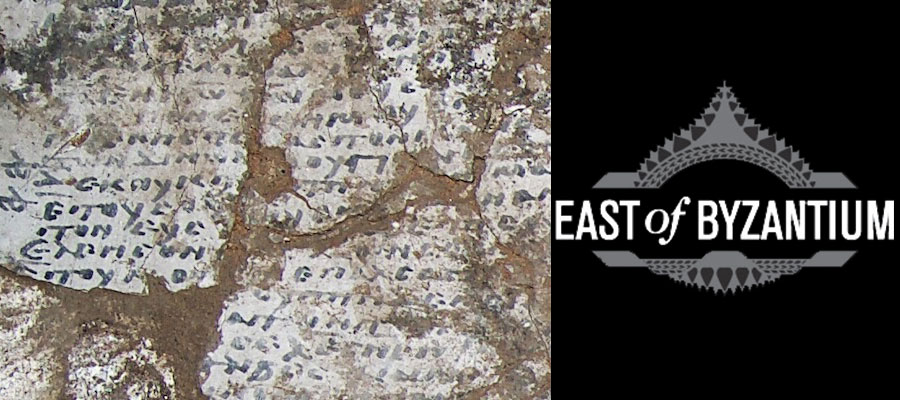Agata Deptuła | University of Warsaw
Three Nubian kingdoms (Nobadia, Makuria, and Alwa), located in the Middle Nile Valley, became part of the Christian oikumene in the middle of the sixth century, receiving from Byzantium not only the faith, but also its setting, including Greek as the principal liturgical language and a set of texts used during liturgical celebrations. Singing was an integral and significant component of the Eastern Church ritual, and it is not surprising that hymns also gained popularity in Nubia.
Texts at our disposal are mostly fragmentary, preserved in the form of parts of manuscript leaves, faded wooden tablets, or inscriptions written on the walls of cult buildings. Despite their fragmentary state, Nubian hymns exhibit a richness of forms and themes. There are troparia belonging to the oldest layer of Greek liturgical poetry and witnesses of the original Greek versions of the hymns by Severus of Antioch, known so far only through their Syriac translations. Longer compositions are also found, with the canon—a structured liturgical hymn composed of nine odes related to the nine biblical canticles—seemingly enjoying particular popularity.
These compositions span the spectrum of feast days as well as fixed celebrations, and also praise saints, especially Archangel Michael and Theotokos. Attestations of the usage of individual hymn verses in inscriptions left by visitors in churches indicate that singing to praise the Lord was widespread among the faithful. As a result, hymns are the largest and richest group of liturgica known from the area, shedding light on local liturgical practices. Additionally, the fact that some hymns are not preserved in their original form outside Nubia demonstrates that the material can contribute to unraveling the development of hymnography in Eastern Christianity at large.
This lecture will take place live on Zoom, followed by a question and answer period. Zoom link.
An East of Byzantium lecture. EAST OF BYZANTIUM is a partnership between the Mashtots Professor of Armenian Studies at Harvard University and the Mary Jaharis Center that explores the cultures of the eastern frontier of the Byzantine empire in the late antique and medieval periods.
